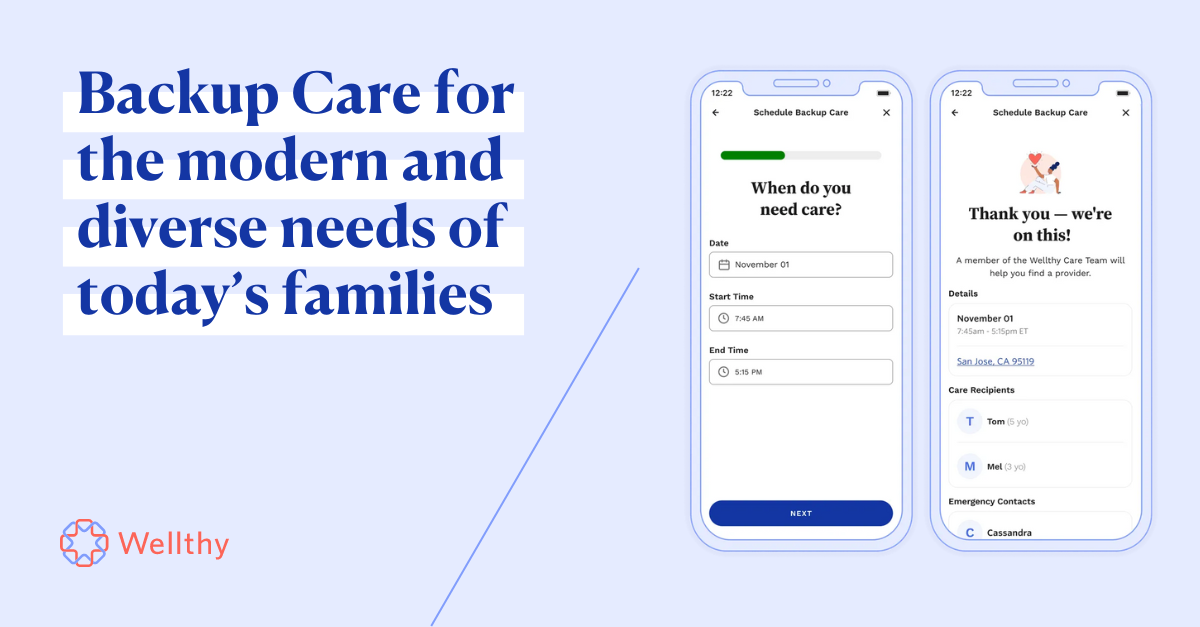When it comes to choosing your employee benefits, the options and terminology can be overwhelming and confusing, and change year-to-year. Understanding these 10 terms will help you make the most informed decisions for you and your family's health and financial needs.
1. Premium
The monthly amount you pay for your insurance plan, usually deducted from your paycheck pre-tax.
2. Deductible
The amount you must pay out-of-pocket before your insurance starts covering expenses.
3. Co-pay
A fixed amount you pay for a covered health service like a doctor visit or prescription.
4. Coinsurance
The percentage of costs you pay after meeting the deductible, with the insurance covering the rest.
5. Out-of-Pocket Maximum
The most you'll pay in a year before insurance covers 100% of costs.
6. Network
The facilities, physicians, and providers that your insurance plan contracts with at pre-negotiated rates.
7. Health Savings Account (HSA)
A tax-advantaged savings account that lets you set aside pre-tax dollars for qualified medical expenses.
8. Flexible Spending Account (FSA)
Similar to an HSA, but unused funds don't roll over year-to-year.
9. Life insurance
Provides a lump-sum payment to your beneficiaries in the event of your death.
10. Disability Insurance
Replaces part of your income if you cannot work due to illness or injury.
Beyond medical, dental, and vision plans, many employers offer additional voluntary benefits like supplemental life insurance, accident insurance, identity theft protection, legal services, and more. Thoroughly reviewing all available benefit options during open enrollment is crucial for choosing competitive, cost-effective benefits tailored to your needs.
You can get more customized, personalized insight into your benefits package by opening a Care Project with Wellthy. Our team of care experts can review your options, conduct research, and guide you to make elections best fit for you and your family’s needs in the coming year.







